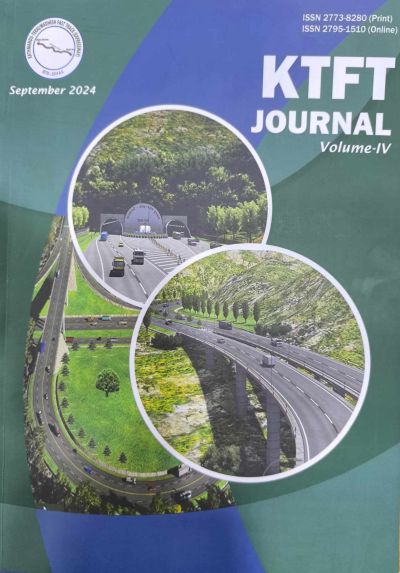The Potential of Vetiver as the Finest Bio-Engineering Plant in the KTFT
DOI:
https://doi.org/10.3126/ktftj.v4i1.70416Keywords:
soil instability, natural disasters, artificial activities, bio-engineering, vetiver grass, KTFTAbstract
The natural ground's initial strength is lost and it becomes unstable as a result of human and natural activity. Natural disasters like landslides, mass movement, soil erosion, the slow deterioration of rocks, and so forth are examples of natural activity. Artificial activities on the natural ground include blasting in the surrounding areas; building roads, dams, and high-rise structures in the vicinity that cause a lot of vibration in the ground; haphazard cut and fill operations on the stable ground; adding overburden pressures on ground, etc. From the perspective of soil protection, civil engineering structures were constructed during construction to protect unstable soil mass from weathering. On the other hand, it might not always be feasible or cost-effective to build supporting civil engineering structures or components. Therefore, the planting of living plants is done using a systematic pattern and standard methods to gradually improve the soil strength over time, either in conjunction with or independently of civil engineering structures; known as bio-engineering. The novel, useful bio-engineering grass known as "vetiver grass" is the main topic of this article, along with its potential in the Kathmandu Terai Fast Track (KTFT) road project.




